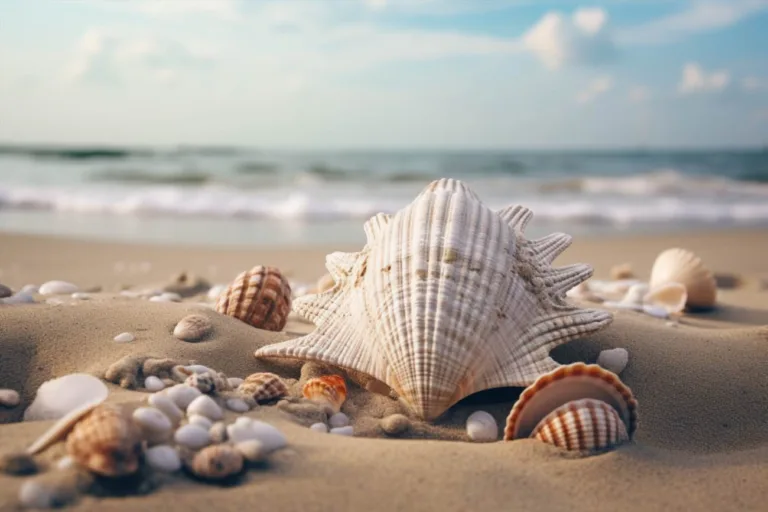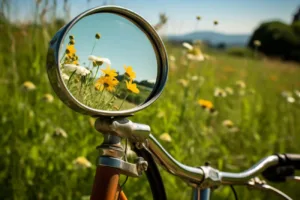Welcome to our in-depth exploration of the fascinating world of sjögräskorg. In this article, we will uncover the secrets, uses, and ecological importance of this unique coastal phenomenon that has captivated the minds of nature enthusiasts and researchers alike.
The marvel of sjögräskorg
Sjögräskorg, also known as seagrass baskets, is a term that encompasses a variety of seagrass species found along the coastlines of Sweden. These underwater meadows play a crucial role in maintaining the health of coastal ecosystems, providing habitat, oxygen production, and serving as nurseries for numerous marine species.
Ecological significance
The ecological significance of sjögräskorg cannot be overstated. These seagrass meadows act as natural filters, improving water quality by trapping sediments and absorbing nutrients. Moreover, they contribute to carbon sequestration, helping mitigate the impacts of climate change.
Sjögräskorg also plays a vital role in supporting marine biodiversity. The intricate structure of the seagrass provides a habitat for a diverse range of marine life, from small invertebrates to commercially important fish species. It serves as a breeding ground and nursery for many marine organisms, contributing to the overall health and abundance of coastal ecosystems.
Traditional uses
Throughout history, sjögräskorg has been utilized by coastal communities for various purposes. Traditionally, the seagrass was woven into baskets, mats, and even furniture. The durability and flexibility of sjögräskorg made it an ideal material for crafting functional and aesthetically pleasing items.
Today, there is a renewed interest in the traditional uses of sjögräskorg, with artisans and designers incorporating this sustainable material into modern creations. From stylish home decor to eco-friendly accessories, sjögräskorg continues to inspire innovative designs that connect the past with the present.
Conservation challenges
Despite its ecological importance, sjögräskorg faces various threats, including habitat destruction, pollution, and climate change. Understanding these challenges is crucial for implementing effective conservation strategies to ensure the preservation of these vital coastal ecosystems.
Efforts are underway to raise awareness about the importance of sjögräskorg and to promote sustainable practices that protect and restore these seagrass meadows. Conservation initiatives aim to address the root causes of degradation and involve local communities in the stewardship of these valuable coastal resources.
Frequently asked questions (faqs)
Q: what is sjögräskorg?
A: Sjögräskorg, or seagrass baskets, refers to a variety of seagrass species found along the coastlines of Sweden, playing a crucial role in coastal ecosystems.
Q: why is sjögräskorg important ecologically?
A: Sjögräskorg is ecologically significant for its role in improving water quality, providing habitat for marine life, and contributing to carbon sequestration.
Q: how has sjögräskorg been traditionally used?
A: Traditionally, sjögräskorg has been woven into baskets, mats, and furniture by coastal communities. Today, it inspires modern designs and sustainable creations.
Q: what are the conservation challenges facing sjögräskorg?
A: Sjögräskorg faces threats such as habitat destruction, pollution, and climate change. Conservation efforts are underway to address these challenges and protect these valuable coastal ecosystems.
Se även nedan:






